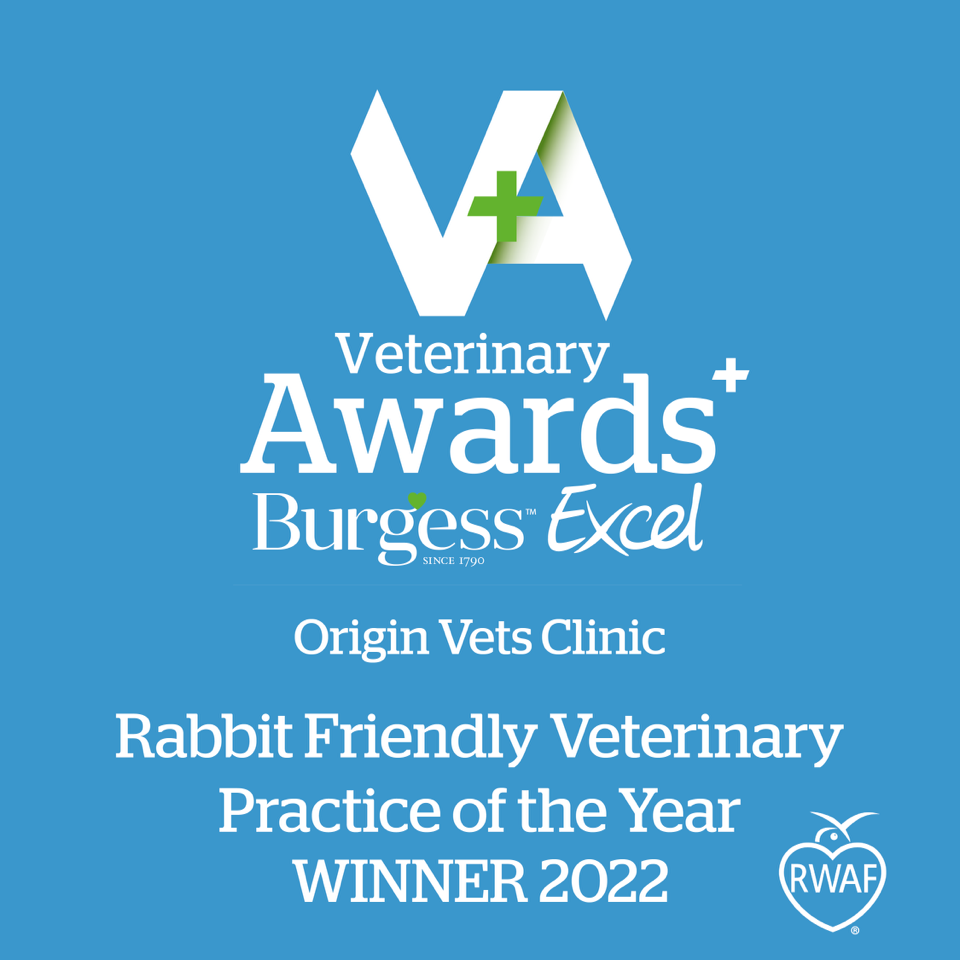Travelling with your Avian Species
Transportation of birds can be challenging and stressful for all involved.
The stress associated with transportation can worsen the clinical symptoms of the patient, so by following some of our top tips listed below, we can aid in ensuring that your trip to the clinic is as safe and efficient as possible.
How should I transport my bird?
We realise that most of our avian patients live in large cages or aviaries at home, which are impractical or impossible to bring to the clinic.
Depending on the size and species of bird you are transporting, there are a few recommended types of carrier.
Make sure that the wire cage door or the ventilation holes are not too large and that your bird cannot squeeze out!
Raptors :
A wooden transport cage with incorporated perch is advised, to reduce visual and auditory stimuli.
Certain species will benefit from being hooded
Please remember to bring handling gloves / equipment
Small parrots and passerine birds :
Large cat carriers with a perch incorporated work well – ensure that the doors and lid lock properly and that all attachments are in place and that it is secure.
Larger parrots:
Collapsible metal dog crates can be utilised for larger parrots, again ensuring that there is an adequate perch.
You may need to incorporate carry handles for moving the larger cages.
Top tips for Travel:
- Avoid cardboard boxes for small parrots such as budgies/cockatiels etc. as they will chew holes in these types of materials and can escape
- If your raptor is used to being hooded or jessed, please ensure that you bring these items with you (as well as your glove)
- Try to avoid bringing parrots in on leads/leashes, we find that although this is a comfortable method for yourselves and the bird, when it comes to handing your parrot to a stranger, this can be quite scary and your parrot may panic and hurt themselves or a staff member
- Perches are a must! Birds will often defecate more frequently in transit, if your bird does not have a perch they may become dirty, they may also damage their tail and wing feathers/plumage
I have a vet visit planned but my bird hasn’t been in his carrier before, how do I get him in?
Birds are very intelligent and can become stressed easily with new/novel objects. We strongly recommend that in the weeks prior to bringing your bird in to the clinic, that you work on desensitisation of the transport cage.
Top Tips for Desensitisation of the transport cage:
- Bring the transport cage into the room and leave the door open
- When your bird is out, offer treats and food around the carrier
- Place perches and toys within the carrier for your bird to investigate it
- Reward positive interactions with the cage
- Tempt your bird into the cage by offering treats at the back
- When your bird is comfortable with the cage and enters and exits freely, you can slowly start closing the door, whilst giving lots of positive rewards
The car journey:
Securing the transport cage with the use of seatbelts or bungee cords is advisable, to prevent the unit from moving or falling over when, slowing down/stopping or turning corners/going around roundabouts.
Keeping the noise to a minimum is advised (no loud music or startling sat nav commands).
What should I put in my transport cage?
Lining the bottom with newspaper or a towel can enable easy cleaning on arrival at the clinic (and will help us to collect faecal samples should they be required)
Avoid having a water source in the cage for the transport as this will likely spill (bring water with you in a bottle and offer it to your pet when safe to do so and when your car is stationary.
A good sturdy perch for your pet to hold on to will be appreciated.
Bring some of your pets’ favourite foods with you to the clinic.
If your pet has seizures or has been falling off perches, use soft material on the floor and pad out the edges with towels so that they cannot hurt themselves in transit.
Other information:
We will often ask you relevant questions about your pet and their set up, it can be useful for you to take photos of your cage/aviary to show one of the team, it is also incredibly useful to know the following:
- Cage size
- If a UV light is used: type, strength, time it is on for
- Type of food you give
- What you use as a substrate (on the bottom of the cage)
- What supplements you offer (if any)
- Where in the house your bird cage is situated
- Whether non stick pans are used in the household
- Whether there are smokers in the household
- Whether the use of candles or scented plug ins/sprays are used
If you have any questions or concerns about transporting your bird, please do not hesitate to contact a member of the team.



